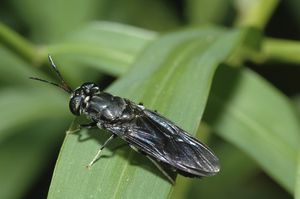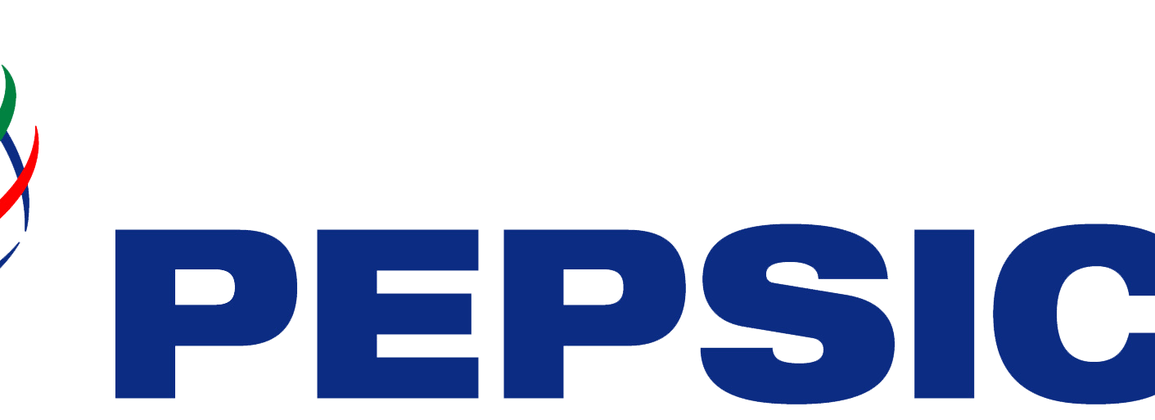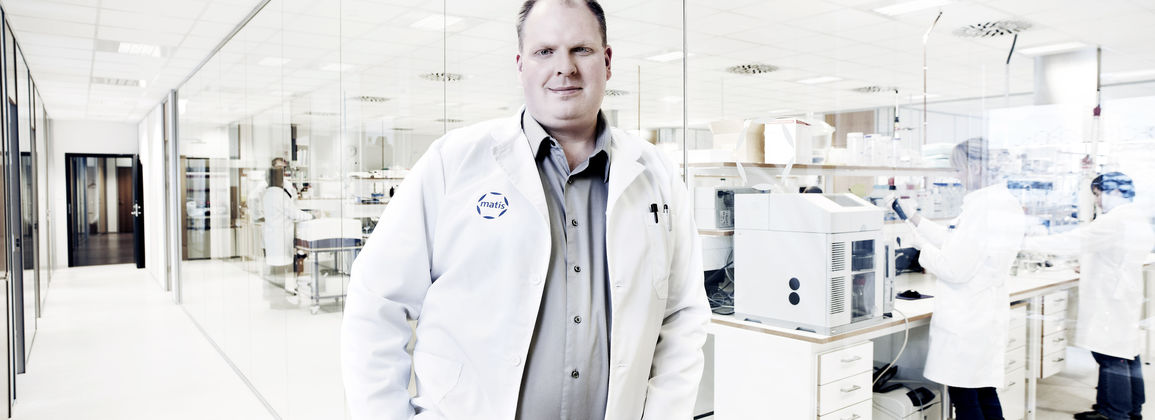Matís ohf. in collaboration with Íslenska matorka ehf. and the University of Iceland have started experimental breeding of invertebrates to produce cheap protein for animal feed production. This is the larva of the Black Soldier Fly.
The project is part of increasing the competitiveness of aquaculture in Iceland by using underutilized raw materials and energy to produce cheap quality proteins.
In many places, organic waste and decay are generated, which are sometimes buried with the associated costs, but could be used as food for certain larvae in a natural cycle. The larvae's eggs were imported from experimental breeding partners from Germany.
The flies live at high temperatures and will not be able to thrive outdoors in Iceland due to low temperatures. The biology of the fly is such that the fly itself does not have a mouth and does not feed and is not equipped with any sting that other organisms can sting. The only purpose of an adult fly is to reproduce. The larva is very nutritious and contains about 42% protein and 35% fat which makes it suitable as a feed raw material.
Studies have shown a high appetite in these larvae, but their food intake is in the range of 50-95%. The experiment, which is supervised by Matís' experts, has been underway for more than two weeks, and in short, the larvae have reached the pupal stage, which is the final stage before they are used as feed raw material. But to maintain the cycle, some pupae will be allowed to turn into flies to lay eggs. All this takes place in isolation under controlled conditions. Finally, experiments are underway with the feeding of larval meal on char.
For further information, contact Jón Árnason and Stefán Freyr Björnsson at Matís.






